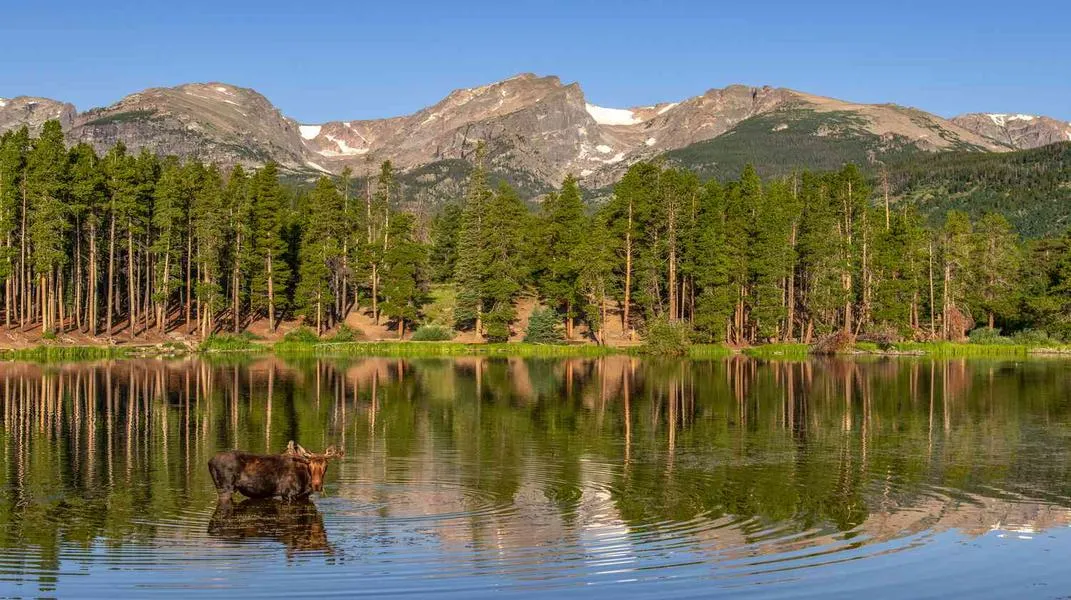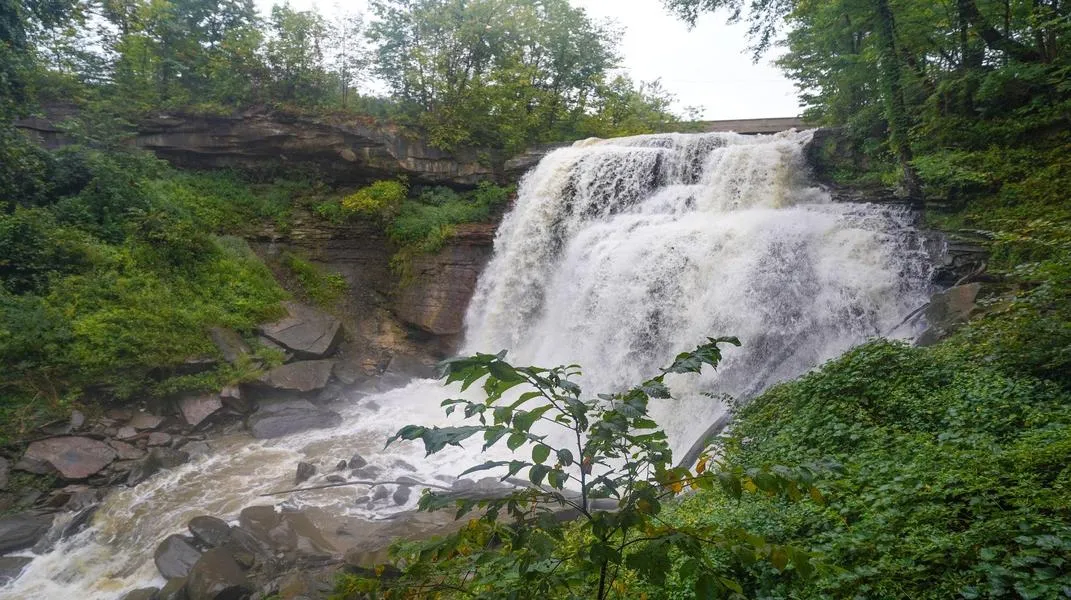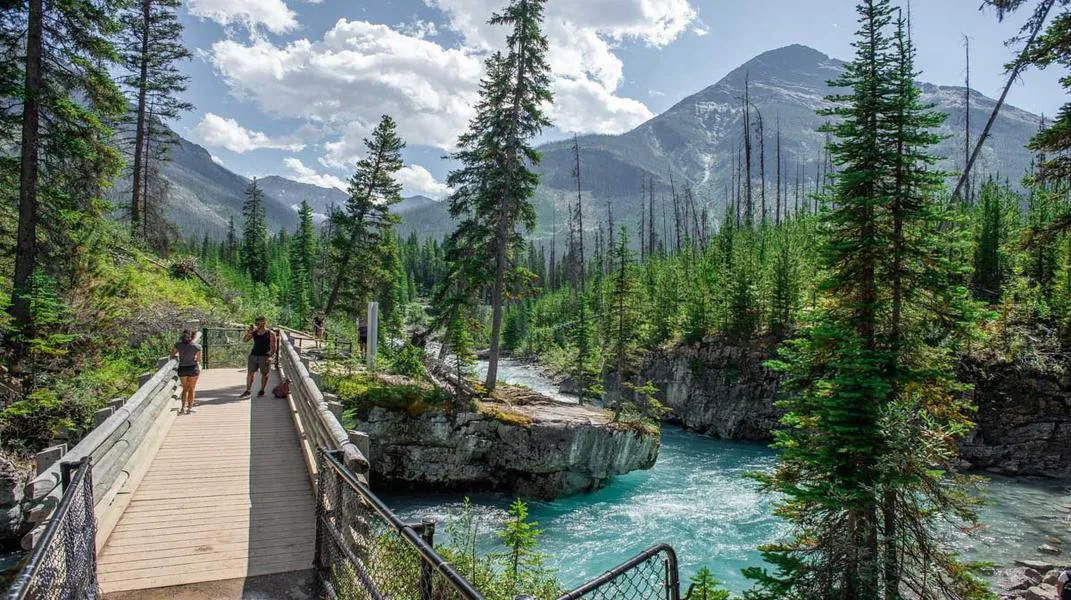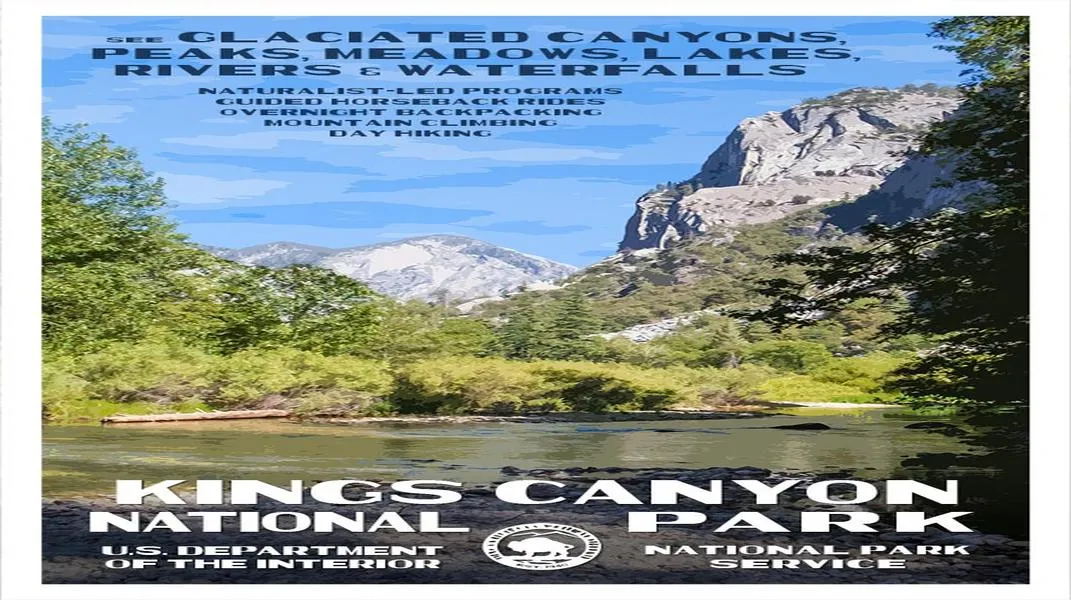Discovering Rocky Mountain National Park: A Comprehensive Guide for Your Visit
Nestled in the heart of Colorado, Rocky Mountain National Park (RMNP) offers a breathtaking landscape that captivates visitors with its majestic peaks, lush valleys, and diverse wildlife. Established in

The Allure of Rocky Mountain National Park
Majestic Landscapes
Rocky Mountain National Park is renowned for its dramatic landscapes, characterized by rugged mountains, crystalline lakes, and vibrant wildflower meadows. The park is home to 77 mountain peaks that exceed 12,000 feet, with Longs Peak being the highest at 14,259 feet. The panoramic vistas from various viewpoints, such as Trail Ridge Road and Bear Lake, provide perfect opportunities for photography and awe-inspiring moments.
Diverse Ecosystems
The park's diverse ecosystems are a result of its varied elevation and climate. Visitors can explore lush subalpine forests filled with aspen, pine, and fir trees, or venture to the alpine tundra, where hardy plants thrive in the harsh conditions. The transition between these ecosystems can be experienced through a network of trails that wind through different habitats, offering glimpses of the unique flora and fauna that call RMNP home.
Wildlife Watching
Wildlife enthusiasts will find Rocky Mountain National Park a veritable paradise. The park is home to an array of animals, including elk, deer, bighorn sheep, mountain goats, and black bears. Birdwatchers can also delight in spotting a variety of avian species, such as the mountain bluebird and the peregrine falcon. The best times for wildlife viewing are early in the morning or late in the evening, particularly in areas like the Moraine Park and Horseshoe Park.
Activities to Enjoy
Hiking
With over 300 miles of hiking trails, Rocky Mountain National Park is a hiker's dream. Ranging from easy strolls to challenging backcountry routes, there's something to suit every fitness level. Popular trails include:
- Bear Lake Trail: An easy, family-friendly loop that offers stunning views of Bear Lake and the surrounding peaks.
- Emerald Lake Trail: A moderate hike that rewards trekkers with breathtaking views of three alpine lakes: Bear Lake, Nymph Lake, and Emerald Lake.
- Longs Peak Trail: For the more adventurous, this challenging hike to the summit of Longs Peak is a must. It's a strenuous trek that requires good physical fitness and preparation.
Scenic Drives
For those who prefer to explore by car, the iconic Trail Ridge Road is not to be missed. This scenic route, which is one of the highest paved roads in North America, reaches elevations of over 12,000 feet. Along the drive, visitors will find numerous pull-offs and overlooks to take in the stunning views of the Rockies. The road is typically open from late May to mid-October, depending on weather conditions.
Camping and Picnicking
Rocky Mountain National Park offers a range of camping options, from developed campgrounds to backcountry sites for those seeking solitude. Popular campgrounds include Moraine Park, Glacier Basin, and Aspenglen, which provide easy access to trails and scenic views. For those who prefer a more relaxed experience, there are numerous picnic areas throughout the park, perfect for enjoying a meal surrounded by nature.
Winter Activities
During the winter months, RMNP transforms into a snowy wonderland, offering opportunities for snowshoeing, cross-country skiing, and winter hiking. The park's backcountry trails provide a serene setting for those looking to enjoy the quiet beauty of winter. Be sure to check trail conditions and prepare accordingly, as winter weather can be unpredictable.
Preparing for Your Visit
To fully enjoy your experience at Rocky Mountain National Park, it's essential to prepare adequately. Here are some materials and tips to help you get ready:
Essential Gear
- Clothing: Dress in layers to accommodate the changing weather conditions. Bring moisture-wicking base layers, insulating mid-layers, and a waterproof outer layer. Don't forget a warm hat and gloves, as temperatures can drop dramatically, especially at higher elevations.
- Footwear: Sturdy, comfortable hiking boots are essential, particularly for those planning to hike the park's trails. Consider waterproof boots with good traction for wet or rocky conditions.
- Backpack: A daypack is ideal for carrying your essentials while hiking. Look for one with padded straps and sufficient storage space for your gear.
- Hydration: Staying hydrated is crucial, especially at high altitudes. Bring a refillable water bottle or hydration reservoir, and consider packing a portable water filter or purification tablets for longer hikes.
- Navigation Tools: A detailed map of the park is essential, as cell service can be unreliable. A compass and GPS device can also be helpful for navigating backcountry trails.
- First Aid Kit: A basic first aid kit should include band-aids, antiseptic wipes, pain relievers, blister care, and any personal medications.
Food and Snacks
Pack plenty of high-energy snacks to keep your energy levels up during hikes. Trail mix, granola bars, dried fruit, and jerky are excellent options. If you're planning a picnic, bring a cooler with sandwiches, fruits, and drinks. Remember to pack out all trash to help preserve the park's natural beauty.
Wildlife Safety
While wildlife encounters can be exciting, it's important to respect the animals and maintain a safe distance. Familiarize yourself with park regulations regarding wildlife interactions and always follow guidelines for food storage and proper behavior around animals. If you're hiking in bear country, consider carrying bear spray as a precaution.
Park Pass and Reservations
Before your visit, check the National Park Service website for information on entrance fees and any reservations required for camping or specific activities. A park entrance pass is required for all vehicles entering RMNP, and it can be purchased online or at the entrance stations.
Accommodations
If you plan to stay overnight, consider booking accommodations in advance. Rocky Mountain National Park has several campgrounds, but these can fill up quickly during peak season. Additionally, nearby towns like Estes Park offer a range of lodging options, from hotels to vacation rentals.
Weather Considerations
Weather in the Rockies can be unpredictable, with conditions changing rapidly. Be prepared for sudden rain or snow, even in summer. Always check the weather forecast before your visit and be ready to adjust your plans accordingly. It’s wise to start hikes early in the day to avoid afternoon thunderstorms, which are common in the summer months.
Responsible Recreation
As a visitor to Rocky Mountain National Park, it’s essential to follow Leave No Trace principles to minimize your impact on the environment. Stick to designated trails, pack out all trash, and avoid disturbing wildlife. By practicing responsible recreation, you help preserve the park for future generations to enjoy.
Conclusion
Rocky Mountain National Park is a true gem of the American wilderness, offering visitors a unique blend of stunning landscapes, diverse wildlife, and a plethora of outdoor activities. Whether you're hiking through alpine meadows, driving along scenic roads, or simply soaking in the beauty of the mountains, RMNP provides an unforgettable experience. By preparing adequately and respecting the park's natural resources, you can ensure that your visit is not only enjoyable but also responsible. So pack your bags, lace up your hiking boots, and get ready to explore the majestic beauty of Rocky Mountain National Park!




